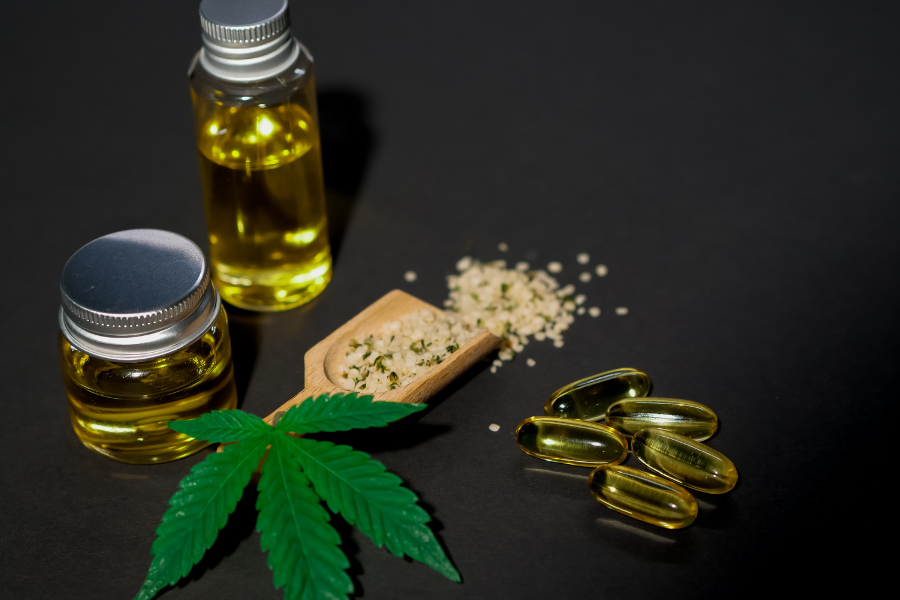
The Best Edibles for Creativity: Fuel Your Imagination
Discover how certain edibles can spark your imagination and fuel your creative flow in this insightful guide.

How to Improve Your Endocannabinoid System
Discover how to support and enhance your endocannabinoid system for overall well-being. Explore the science behind this vital system!

The Best Terpenes for Euphoria
Discover the best terpenes known for enhancing euphoria. Explore their unique effects and how they can elevate your experience.

The Role of Cannabis in Managing Menstrual Pain
Discover how cannabis can help menstrual pain. Explore its potential benefits for this common yet challenging health concern.

Cannabis and Music: How Different Strains Affect Your Listening Experience
Discover how cannabis strains can enhance your music experience, exploring the unique connection between sound and sensation.

The Science Behind Cannabis and Appetite Stimulation
Discover the fascinating connection between cannabis and appetite, exploring why it often sparks hunger in users.

Running While High: Benefits and Risks
Delve into the unique intersection of running, fitness and getting high. We will be examining the impact cannabis has on performance and well-being.
